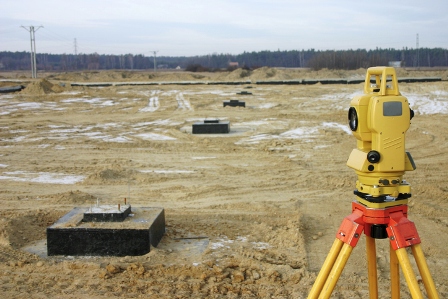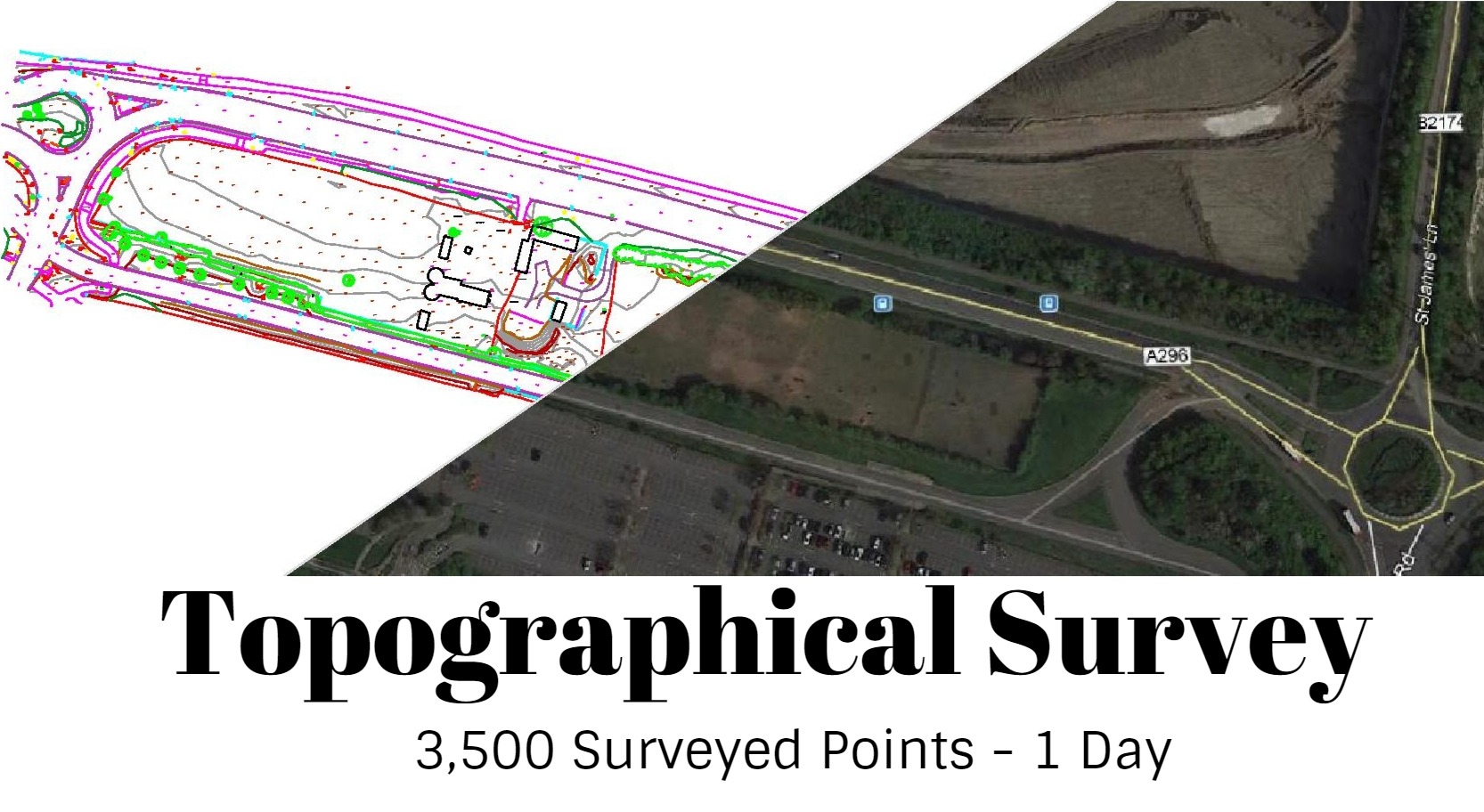Measured Building Surveying: Key Techniques for Precise Property Assessment
Wiki Article
Important Devices and Techniques in Laying Out Engineering
The self-control of laying out design counts heavily on a suite of important tools and strategies that underpin the precision and efficiency of job execution. Instruments such as surveyor's degrees, total stations, and progressed GPS innovation are important for establishing specific referral points. Additionally, the combination of traditional approaches with contemporary techniques, consisting of geospatial analysis and 3D modeling, offers significant benefits in imagining website conditions. Recognizing exactly how these components engage is crucial for improving and reducing errors project results, yet the subtleties of their application commonly remain overlooked. What ramifications does this hold for future design practices?The Relevance of Accurate Measurements

The importance of precise dimensions extends beyond plain compliance; they are important to the total efficiency of design procedures. Mistakes can bring about worldly waste, project delays, and raised labor costs, ultimately impacting the job's bottom line. Precise measurements boost the top quality of the last product, guaranteeing that it carries out as meant and satisfies the expectations of stakeholders.
Moreover, the importance of exact dimensions appears in different engineering self-controls, including civil, mechanical, and electrical design. Each area requires a special technique to dimension, yet the underlying need for accuracy continues to be consistent. As tasks end up being increasingly complicated, the reliance on accurate dimensions will just escalate, underscoring the demand for constant innovations in dimension methods and technologies. Thus, fostering a society that focuses on precision is necessary for the future of engineering.
Important Devices for Laying Out
Laying out, a vital stage in the design and construction process, relies heavily on certain tools that make certain precise place and alignment of frameworks. Amongst these tools, the property surveyor's degree sticks out, providing accurate straight dimensions necessary for establishing recommendation factors. This tool enables designers to determine altitude modifications and keep uniformity across the task site.
The total station is one more important device, integrating electronic distance measurement with angular measurement capacities. This technology enhances efficiency and accuracy in catching spatial information, permitting effective site layout and planning.
In addition, using measuring tapes and marking tools, such as chalk lines or risks, is essential for briefly noting limits and crucial points on the website. These basic tools, though easy, are important for making sure clear interaction amongst the building and construction group pertaining to task requirements.
Lastly, GPS technology has actually gained grip in establishing out procedures, supplying real-time placing data and substantially enhancing precision over standard techniques. Collectively, these essential devices develop the backbone of efficient setting out methods, eventually adding to the successful implementation of design and building projects.
Advanced Evaluating Strategies
Advanced evaluating methods play a pivotal role in enhancing the accuracy and effectiveness of engineering tasks. These techniques incorporate a series of approaches that provide exact data for layout and building. Traditional approaches, such as progressing and triangulation, have actually progressed into extra advanced strategies, including Overall Station Engineering surveys studies and Global Navigating Satellite Solution (GNSS)Total Terminal devices integrate digital theodolites with range dimension abilities, allowing property surveyors to collect precise area data with wonderful speed. This modern technology significantly reduces errors related to manual dimensions and provides real-time information processing. In addition, GNSS provides unparalleled accuracy for large jobs by making use of satellite signals to determine precise positioning, which is necessary for ensuring and lining up frameworks conformity with style specs.
Along with these tools, advanced methods also integrate geospatial analysis and 3D modeling. These techniques allow engineers to visualize terrain and site conditions better, assisting in much better decision-making during the planning phase. By using these advanced checking methods, engineering projects can achieve greater accuracy in format, minimize rework, and eventually improve general task success.
Digital Modern Technology in Design
The assimilation of digital innovation has actually revolutionized engineering techniques, improving both efficiency and accuracy across numerous techniques. Tools such as Building Info Modeling (BIM) assist in the visualization and administration of complex tasks, permitting engineers to team up flawlessly and make notified decisions. This modern technology allows the production of detailed 3D versions, which can be evaluated for architectural stability and performance prior to building begins.
The application of fabricated knowledge and device understanding in engineering processes better enhances anticipating maintenance and optimization of sources. On the whole, digital innovation is reshaping the design landscape, driving innovation, and making sure that tasks are finished with greater efficiency and lowered risk.
Finest Practices for Application
When applying electronic innovation in design, it is essential to establish a calculated strategy that aligns with job objectives and business capacities. An extensive evaluation of existing operations and technology facilities is necessary to recognize voids and possibilities for enhancement. Engaging stakeholders early while doing so promotes partnership and makes sure that the modern technology satisfies individual requirements.
Task managers ought to embrace a repetitive implementation technique, enabling modifications based on real-time responses and performance assessments. This nimble technique not just alleviates dangers yet additionally advertises continual renovation by including lessons found out.
Conclusion
Finally, the combination of necessary devices and advanced techniques in setting out design is crucial for making sure accuracy in measurements and successful job execution. Employing tools such as land surveyor's degrees, overall stations, and GPS innovation, alongside modern evaluating techniques, improves accuracy and decreases the likelihood of mistakes. Embracing finest practices in implementation further maximizes these processes, ultimately cultivating boosted project outcomes in the design and building and construction markets.The discipline of establishing out design depends heavily on a collection of crucial devices and strategies that underpin the accuracy and performance of job implementation.Moreover, the significance of exact dimensions is obvious in various design disciplines, including civil, mechanical, and electric design. By employing these sophisticated surveying methods, engineering jobs can attain better precision in format, decrease rework, and inevitably enhance overall project success.
In general, electronic technology is improving the design landscape, driving advancement, and ensuring that jobs are finished with greater effectiveness and reduced threat (setting out engineering).In final thought, the assimilation of important devices and progressed techniques in establishing out engineering is crucial for guaranteeing accuracy in dimensions and effective project execution
Report this wiki page